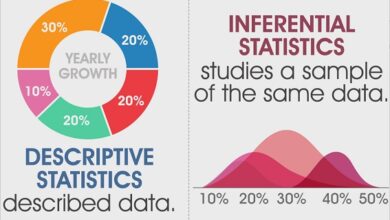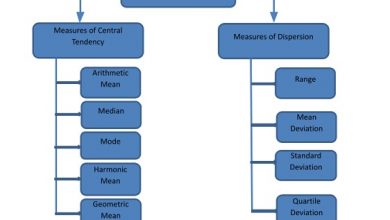Ethnographic study/How to find participants/How to do analysis
In market research, an ethnographic study aims to decipher the cultural roots of consumer behavior, in order to find out how a brand or product can influence identity and socialization patterns.
In this article we will introduce you to what it consists of, how to do it and what tools you can use to facilitate the process.
What is an ethnographic study?
An ethnographic study is research focused on a group of people in their own environment for a specified time using methods such as participant observation and face-to-face interviews.
Also known as ethnography, ethnographic study documents cultural similarities and differences through empirical fieldwork and can help make scientific generalizations about human behavior and the functioning of social and cultural systems.
The ethnographic research examines contemporary what can be considered ordinary or mundane for those living in a community, for example, shopping centers, businesses, towns, cities, the internet, trash, libraries, parks, etc.
Ethnographic studies are both:
- Descriptive: Because it is responsible for recording details of what happens in depth.
- Interpretative: Because the ethnographer must determine the meaning of what he observes, without collecting broad and statistical information.
How can an ethnographic study help market research?
Ethnographic research is a vehicle to find out what, how and why people consume, as well as about the social context of consumer behavior . It allows researchers to observe how the consumer develops a relationship with a brand in a cultural context.
Ethnographic market research seeks to understand aspects such as the hierarchy of cultural values to which consumers adhere, the way in which a brand acts as a differentiator of social relationships, consumption as an expression of consumer taste and style, and how brands help consumers to build concepts of their own identity and of the cultural world in which they live.
The type of anthropological questions that are asked during fieldwork about social groups, values, identity, rituals, objects, community, etc., and direct observation of the behaviors that illustrate these cultural concepts will affect the information collected and the way to analyze it.
How to find participants for an ethnographic study?
Participants in an ethnographic study can be found through traditional recruitment methods, similar to how respondents in focus groups are found .
The sampling snowball is another common method of ethnographic recruitment is a participant carried researcher others of their social group can share a similar use of the brand or category.
Since a relationship has already developed, more can be asked of the participants (for example, attend a dinner party, spend a weekend observing media consumption at home, dig in depth about their lifestyle, etc.
An ethnographic study for market research can be carried out even with a sample size of 16 participants due to the depth that the study may require with each of them.
How is the analysis of an ethnographic study carried out?
Generally, an ethnographic study can be carried out from the following steps:
1: Visit and rapport
The first step is to visit the place where the participants are regularly and establish contact with one or more key informants, who will be the first access to the group that seeks to be studied.
2: Interviews
Once we have our key informants, an in-depth interview is conducted on aspects such as their habits, customs and activities, as well as on the daily use of the product or service of interest.
3: Qualitative observation
The next step is qualitative observation , in which the record of all the events that can be witnessed will be documented, either through annotations, photographs or videos.
4: Material analysis
At the end of the field research phase, the analysis of the collected material continues, in which data coding processes of an investigation and techniques such as text analysis can be developed ,
5. Presentation of results
Based on the analysis carried out, the researcher must make a presentation of the results that allow knowing in detail the behaviors and perceptions of a social group, as well as the way in which the social and cultural context influences their relationship with the topic of main interest. .
Example of an ethnographic market study
In a study carried out with well-to-do owners of different luxury vehicles, the objective was to know in depth who these people are: their values, the way in which they express their social identity through their brand choices and how they experience their vehicles as owners and drivers.
The researchers spent time with them at their homes, observed their interaction with the owners of competing luxury vehicle brands, asked them about their significant possessions, observed their driving rituals and analyzed how their choice of brand acted as an identity marker. social and values.
The researchers coded the interpretation of the data with these same types of anthropological concepts, which led them to understand the definitions of luxury and social identity that differentiated one brand from another.
They were then able to translate these culturally situated findings into conclusions and recommendations that are relevant and actionable when informing marketing and communications strategy.
Tools for conducting an ethnographic study
At present, some offline survey applications have functionalities that allow the gathering of field information more easily, facilitating the integration of images, videos and various multimedia resources.
Another ideal tool for an ethnographic study is qualitative data analysis software , which has functionalities such as text analysis, word cloud, sentiment analysis and image analysis, among others, that will allow you to find the insights of your research without spending hours manually reviewing documents.
Conduct your ethnographic study with QuestionPro
As you can see, an ethnographic study requires a systematized work to be able to produce valuable results on a particular phenomenon, a problem of interest or on the way in which consumers relate to a product or service in a given cultural context.


